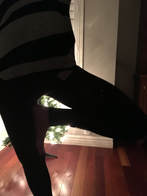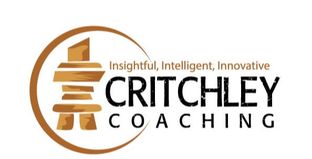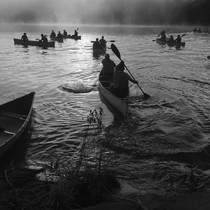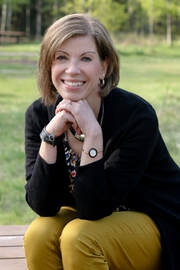
I particularly love the balance poses in our classes. I think that I might secretly believe that I am REALLY doing yoga when I’m doing these and that I really look the part:)
Whenever we strike a balance pose, to ensure that we have the most success possible, Mona carefully guides us through a systematic series of steps. She begins by letting us know that we will be concentrating on balance. This way, if anyone needs an extra bit of support, they can make their way to a nearby wall so that they can use it for stability if required. The second step is for us to put our weight on one foot, and to make sure we have a little bounce in our knee. This ensures that we don’t put too much strain on the knee and that we have some flexibility. We pause at this step to really focus on the foot that is grounding us. We work to distribute our weight evenly between each side of our foot and between the front and the back. And then once that is in place, we move into our pose. We also receive reminders to have a focal point, and always, to think about our breath.
In one of the classes this week, I was just nicely in a pose, weight balanced, knee soft, eyes focused, when Mona reminded us, “Make sure that your big toe has connection with the floor. If you lose your connection, you lose your balance.” If I’d had a pen and paper handy, I would have leaned over just ever so slightly to write this down so that I wouldn’t forget it! I thought about my work in coaching and how this is exactly what I teach to clients! Once again, what I learn in yoga also applies to my non-yoga life.
Many times, when I work with people, one of the areas they wish to focus on is balance. They feel like their lives are ‘out of balance’. This can be true of personal lives and of professional lives. Sometimes, when I query individual clients further about this, it turns out that they may have an idea that lives should contain roughly equal parts of work, family, fun, etc. Other clients who are talking about professional balance may feel as though they are bogged down in paperwork and minutia and do not have time for creativity and growth. They wish they had time each day or week that they could set aside for each important part of their work. For most of us this is not realistic and in fact this is not what is meant in coaching when balance is being discussed.
So, what then is balance? And how does it relate to yoga?
I’ve noticed there are times in life when we are busier with work than with play. Other times we are more focused on family than on friends or work. Other times our health takes priority and other things take a back seat. This does not indicate that our lives are out of balance. It simply reflects the season we may be in and the demands that that season puts on us. In each of these cases we can still have balance in our lives. Even when our time seems heavily skewed in a particular area it is possible to feel in balance.
The secret to this is having a deep understanding of who we wish to be and having a solid connection to that. When Mona said to make sure that our big toe stays connected to the floor because when we lose connection we lose balance, I realized that this can be true in life too. Sometimes when we tip ourselves into a position in life where we have to focus so, so hard on something, it does not take much for us to lose balance. If, however, we keep our connection with others during this time, and perhaps more importantly, if we keep our connection with who we are trying to be, our balance is much easier to maintain.
When we remember and follow Mona’s yoga steps for balance poses, we find we are able to bring more balance into our own lives.
Mona’s Rules for Balance:
- Acknowledge that you will be balancing (Even just noticing this helps)
- If necessary, find a wall (Let others know and accept help)
- Put some bounce in your knee (Allow yourself some flexibility. Don’t be too hard on yourself)
- Plant your foot firmly on the floor (Get clear about what you are about to focus on)
- Focus (Not only on the doing, but also on who you are being while you do)
- Move into the pose (With grace and fluidity)
- Breathe (You are most effective when you are not holding your breath)
- Keep connected (When you lose the connection, you lose your sense of balance)
- Don’t compare (It isn’t fair to compare your beginning with someone else’s middle)
Namaste.
Elizabeth creates and facilitates custom workshops for corporate, public and private groups. She also provides leadership coaching for individuals and groups. Book a session with Elizabeth to learn how to achieve balance in your life.





 RSS Feed
RSS Feed